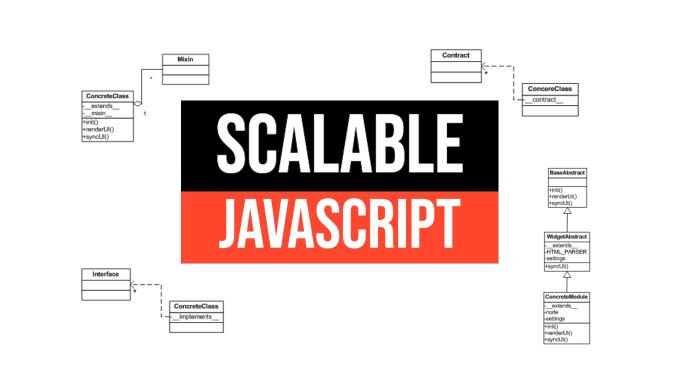Google Analytics in Your App: Unlock Insights Without Leaving Your Dashboard

Reasonably statistic analyses belong to CMS ACP reports. So, CMS vendors tend to include some into their products. However, they often make statistical data collection and analysis a part of CMS. It usually gains some primitive reports and affects application performance. I believe any sound statistic analysis can be delivered only by a dedicated specialized application. Meantime CMS can be used to represent the reports prepared by that application. Have you ever fancied displaying Google Analytics Reports in your CMS?











